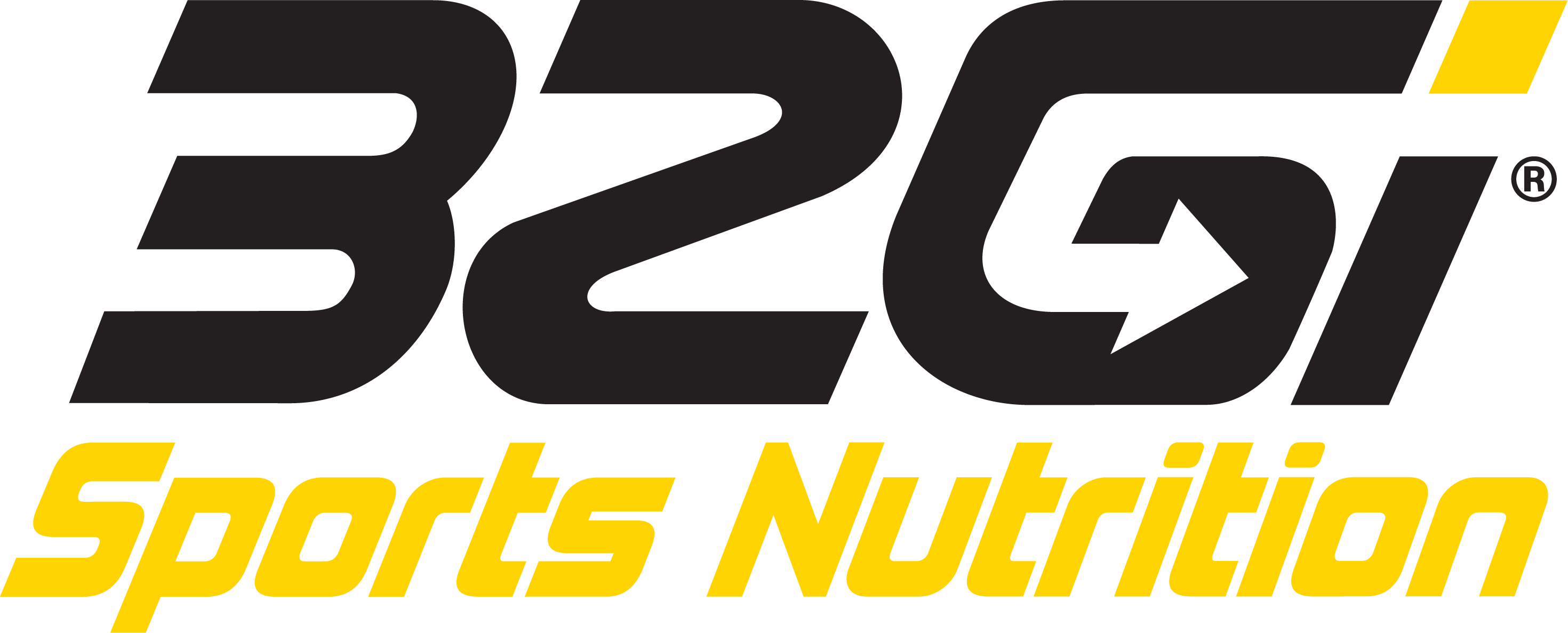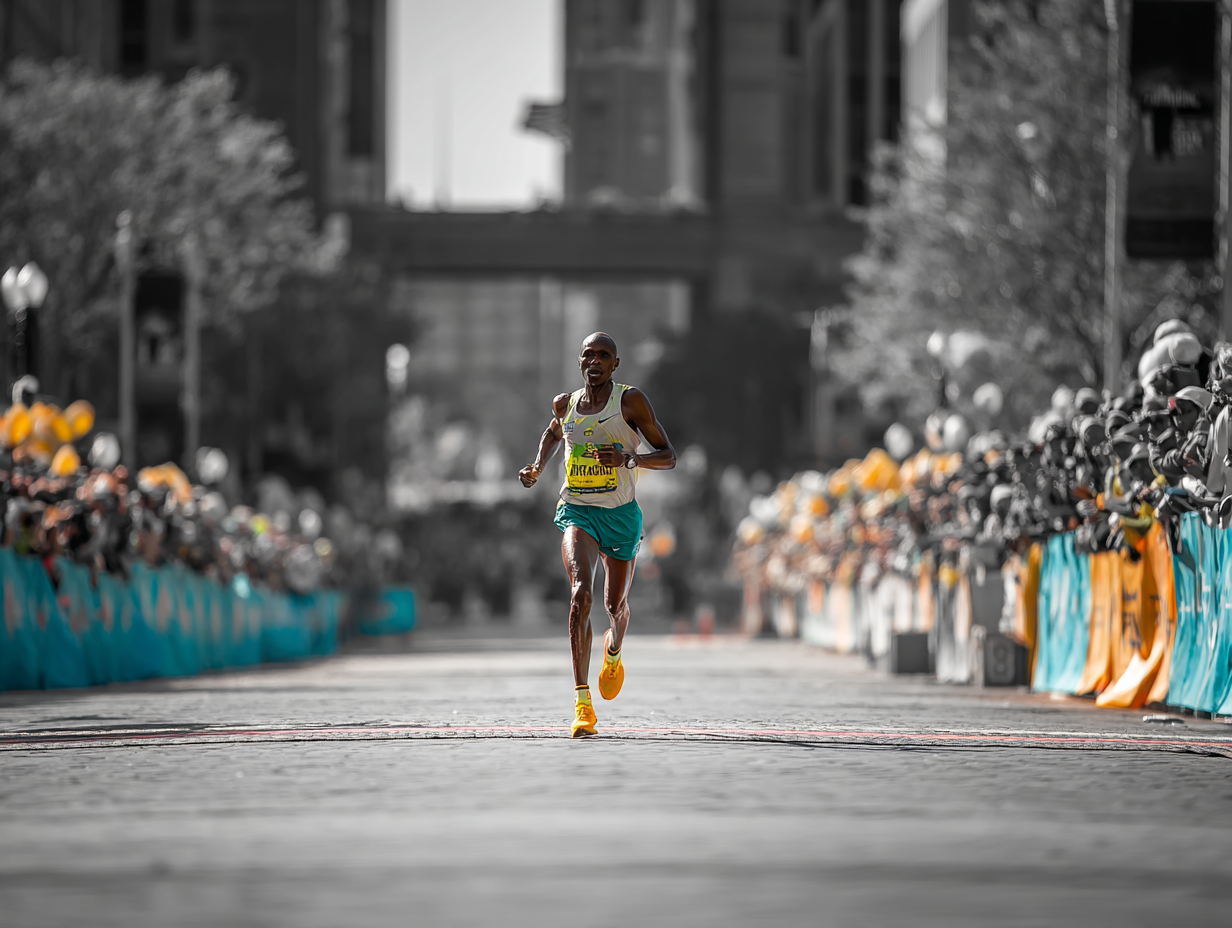32Gi Team - 09 October 2025
5 Fuelling Mistakes That Cost You Watts
(And Why Fat Might Be Key)

IYou've nailed the training. You've logged the hours. But somewhere around the 60km mark, everything falls apart. Legs turn heavy. Energy disappears. The group pulls ahead.
The reality: you're probably burning the wrong fuel.
Your body has two main energy sources: carbs and fat. Carbs burn fast. Fat burns steady. Most cyclists fuel in a way that locks them into carb dependency, which means constant top-ups, sugar crashes, and that dreaded bonk when the tank runs dry.
These five mistakes keep you trapped in that cycle.

Mistake #1: Training Your Body to Only Burn Sugar
The mistake: You fuel every ride with high-sugar gels and drinks. Your body learns to expect quick-burning fuel, so it stops tapping into your fat stores.
Why it costs you watts: Fat provides nine calories per gram versus four from carbs. Your body stores thousands of calories as fat but only a few hundred grams of glycogen. Rely solely on carbs, and you're running on a small tank that empties quickly.
The fix: Do easier, aerobic rides with minimal carb intake. Use low-GI, slow-release fuels that don't spike blood sugar. This teaches your body to access fat stores efficiently.
Mistake #2: Extreme Eating – Swinging Too Far to One Side
The mistake: In the pursuit of “eating clean” or getting leaner, many athletes fall into the trap of extreme diets, either going all in on carbs while cutting fats to near zero, or doing the reverse with a high-fat, low-carb approach. While both strategies may sound logical on paper, they actually sabotage performance.
Why? Because endurance sport is powered by a finely tuned balance between carbohydrate and fat metabolism. Strip one energy source too much, and you limit your body’s ability to perform when it matters most.
Why it costs you watts: Think of your body like a hybrid engine. Carbs are the rocket fuel for high-intensity efforts, while fats are the diesel for long-haul efficiency. If you cut carbs in favor of fats, your body never develops the enzymes and pathways to process carbs efficiently during training or racing, leaving you flat when intensity spikes.
On the flip side, if you eliminate fats and run purely on carbs, you blunt your ability to burn fat efficiently, which is essential for sparing glycogen and sustaining endurance. Either extreme leaves you underpowered and limits the watts you can produce over time.
The fix: Adopt a balanced, athlete-friendly approach. Include healthy fats every day such as olive oil, avocado, nuts, seeds, and fatty fish, to support cellular health and provide a steady energy source. Medium-chain triglycerides (MCT oil) can also be a valuable addition, as they convert to energy faster than other fats and are highly usable during endurance training.
Equally important, prioritize complex carbohydrates that deliver more than just calories: whole grains, leafy greens, root vegetables, and nutrient-rich fruits provide fiber, vitamins, and minerals along with slow-release energy.
This combination allows your body to become metabolically flexible, efficient at burning both carbs and fats, so you can go harder for longer without hitting the dreaded wall.

Mistake #3: Ignoring Your Gut During Long Rides
The mistake: You focus entirely on what you consume but ignore how well you absorb it. High-sugar fuels can cause gastric distress, bloating, and nausea, especially during intense efforts.
Why it costs you watts: If your gut shuts down, nothing gets absorbed. You're taking in calories but not processing them. Performance tanks while you're doubled over with cramps.
The fix: Train your gut like you train your legs. Practice your race-day nutrition strategy during training.
Mix fuel sources. Some riders tolerate solid foods better than gels. Some need electrolytes to aid absorption. Find what works for your system.
Mistake #4: Forgetting Electrolytes and Hydration Timing
The mistake: You focus on calories but neglect sodium, potassium, and magnesium. Or you chug water without replacing what you lose through sweat.
Why it costs you watts: Electrolytes enable muscle contractions and nutrient absorption. Without adequate sodium, your body can't properly utilize the carbs you consume. Hyponatremia from overhydration without electrolytes can be dangerous.
The fix: Don't just fuel, hydrate strategically. Match sodium intake to sweat rate. In hot conditions or long efforts, aim for 300-1000mg sodium per hour. Test different electrolyte concentrations in training to find your sweet spot.

Mistake #5: Using the Same Strategy for Every Ride Intensity
The mistake: You treat every ride identically—easy spins get the same nutrition as threshold intervals. You're either overfuelling low-intensity work or underfuelling hard efforts.
Why it costs you watts: At low intensities, your body comfortably burns fat if you let it. At high intensities, you need readily available carbs. Mismatch your fuel to the effort, and you compromise both fat adaptation and high-end performance.
The fix: Easy, aerobic rides below 70% max heart rate? Minimal carbs—let your body burn fat. Tempo and above? Bring carbs early and often. This builds metabolic flexibility: the ability to switch fuel sources based on demand.
So, you're not broken. You're not slow. You're just burning the wrong fuel at the wrong time.
Fat is a powerful fuel source, the most potent your body has. But accessing it requires the right training stimulus, dietary habits, and fuelling strategy.
Fix these five mistakes, and you'll gain sustained energy that lasts for hours. No sugar crashes. No desperate feeds. No bonking when it matters most.




